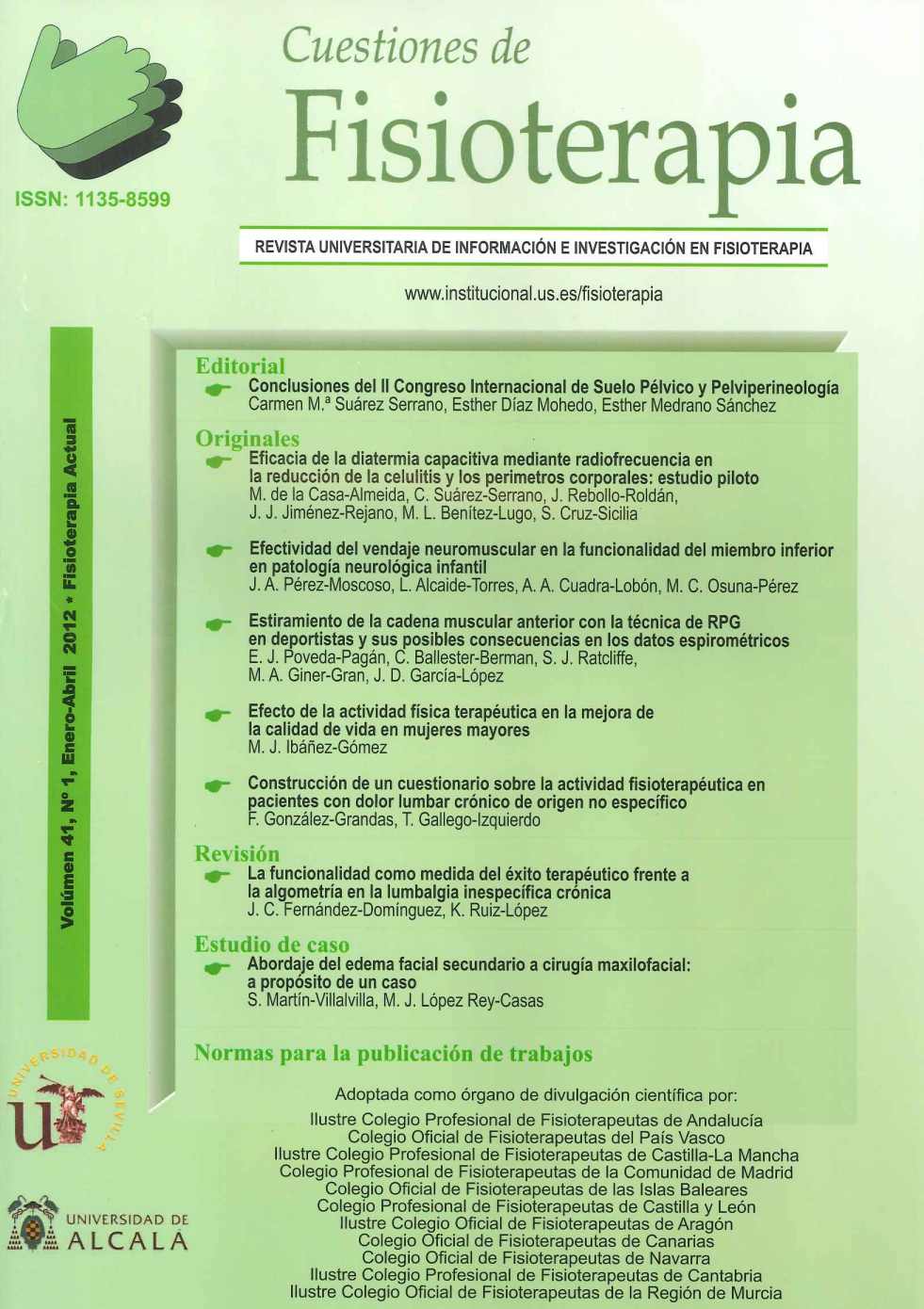Articles
Year 2015, Volume 44, Issue 1
Motor disorders in Parkinson’s disease: a systematic review
Abstract
Objectives: patients with Parkinson’s disease (PD) alter their performance of voluntary movements. This is an important feature to take into account in clinical practice. Clinical research involving movement disorders is important in Parkinson’s disease, in order to develop new therapeutic strategies with better results. The aim of this study was to analyze the motor disorders in PD, its evolution and its relationship with the clinical profile of the patient. Method: the search strategy was performed by two independent investigators in the following databases: Web of Sciences, Medline, PubMed, Scopus and ScienceDirect. The articles related to the objective of this review were selected. Those in which the title or the content did not correspond to motor disorders in PD as a main objective were excluded. After the selection phase, all the duplicate records were excluded. Finally, 22 articles focused on motor disorders of PD and their clinical implications were included in the review. Results: the results support the existence of four main motor symptoms associated with PD: postural instability, tremor, rigidity and bradykinesia. The pathology has different patterns of evolution and the symptoms could appear at different stages. A new classification based on motor disorders is shown to increase the knowledge of the specific profile of these patients. Conclusions: motor disorders associated with PD are very prevalent, although its clinical presentation shows great variability. The onset and progression of the different motor symptoms is important because it affects the progression of the disease. Different authors propose a classification in clinical subtypes. Their knowledge by the healthcare staff could facilitate the therapeutic approach.
Keywords: Parkinson disease, motor activity, movement disorders, muscle rigidity, posture.

